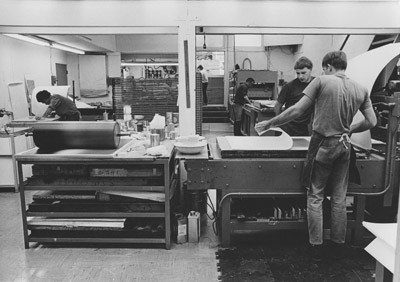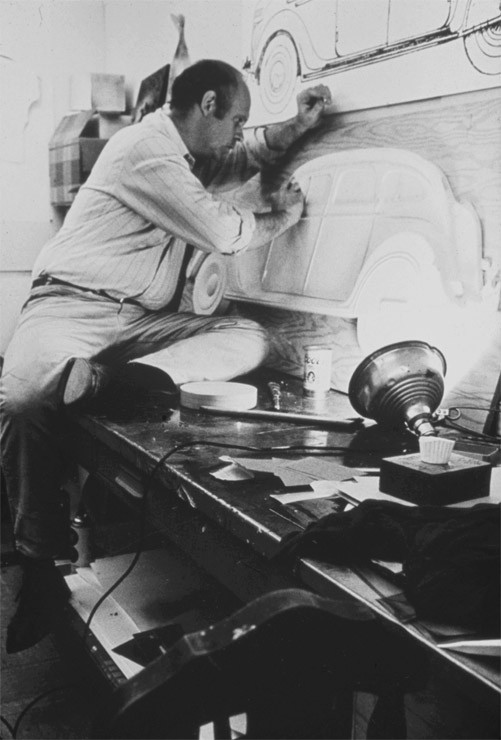A series is, by definition, two or more unique and autonomous things possessing some commonality and organized sequentially. The principle that unifies and defines a series can be thematic, narrative, iconographic, formal, structural, modular, conceptual, or something else entirely. Likewise, the sequence of works within a series may be dictated by the artist, by an internal system or external logic, or it could be indeterminate. All series involve repetition, variation, and sequence; each component is informed by the previous one and, in turn, informs the next. While works in a series may be (and frequently are) displayed individually, the full effect and meaning of a series can be conveyed only when shown in its entirety. The Serial Impulse follows this logic and, in so doing, serves the original purpose, function, and conception of the works on display.
Gemini provides an environment conducive to serial production, and many of the most influential artists of the past half-century have taken advantage of it. When founders Sidney Felsen, Stanley Grinstein, and Ken Tyler partnered to transform Tyler’s printer-for-hire enterprise (Gemini Ltd.) into an invitation-only artists’ workshop and publisher (Gemini G.E.L.), their first publication was a series by Josef Albers.






